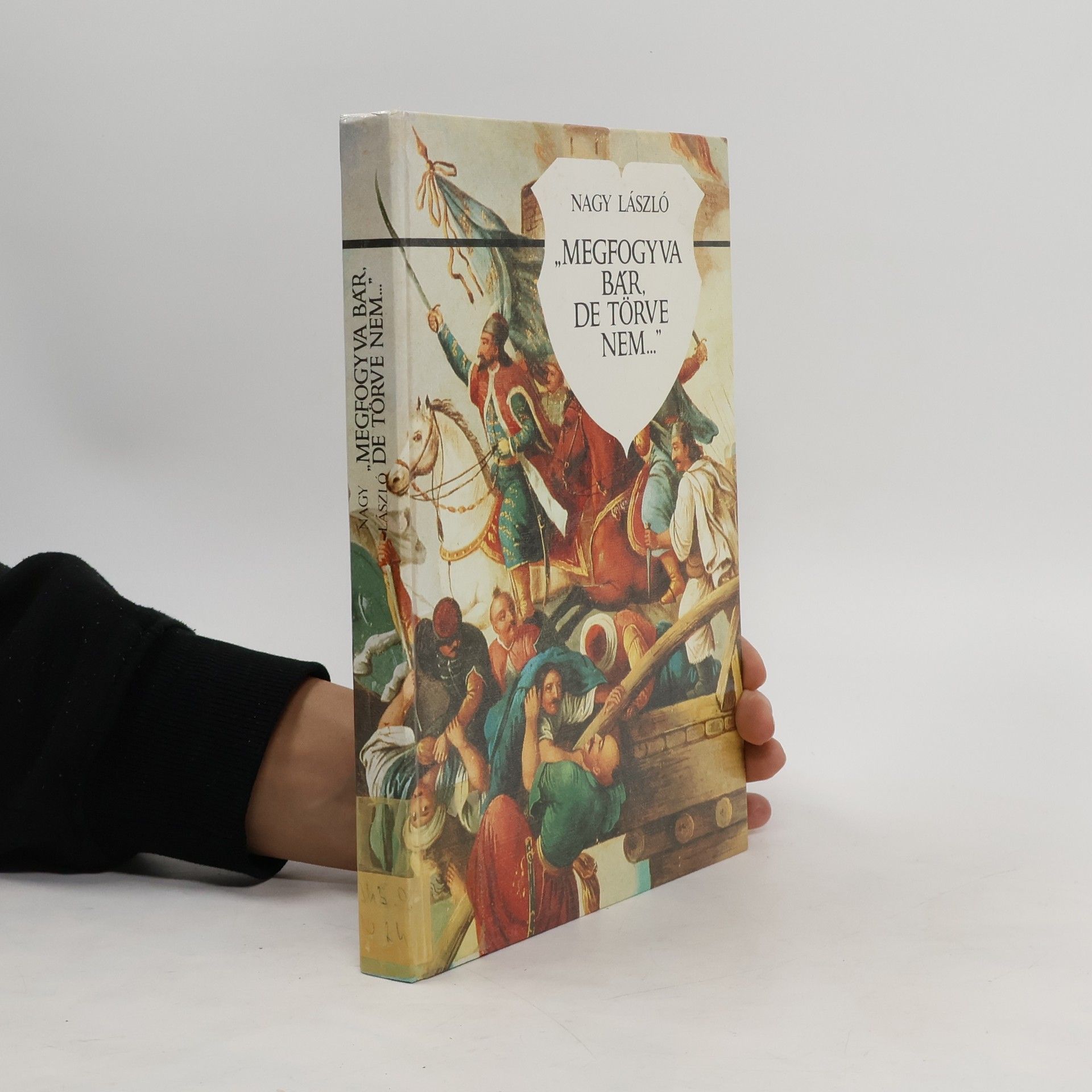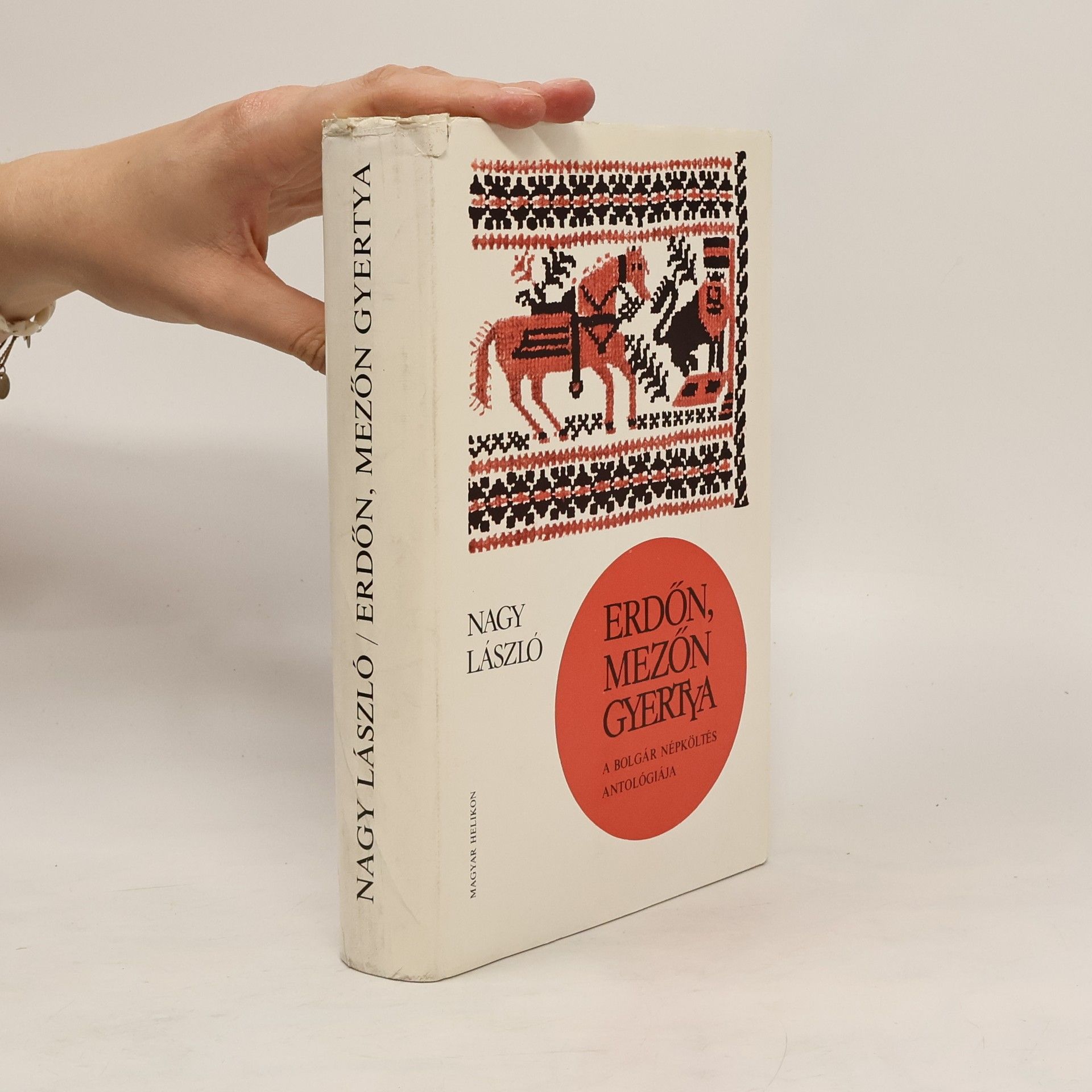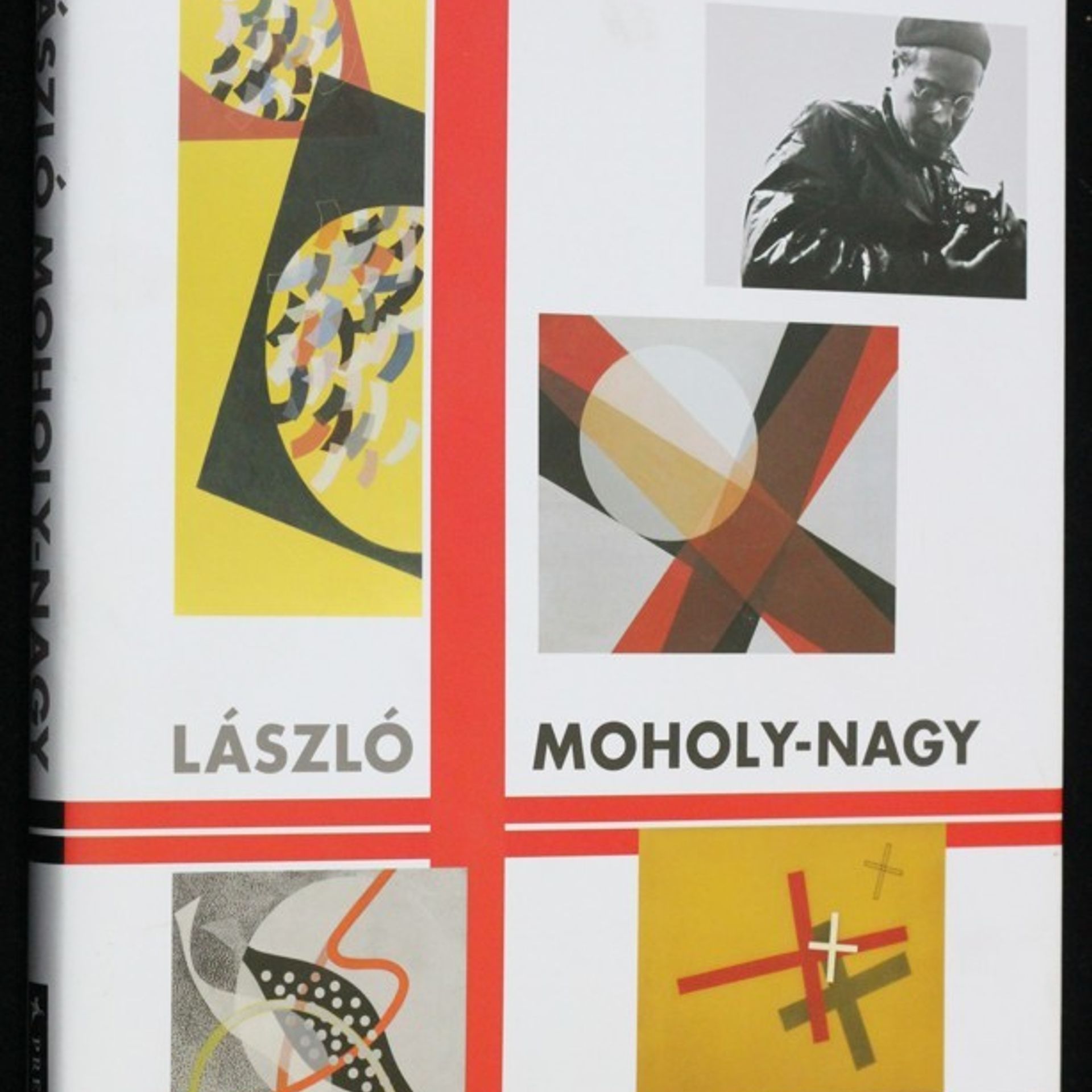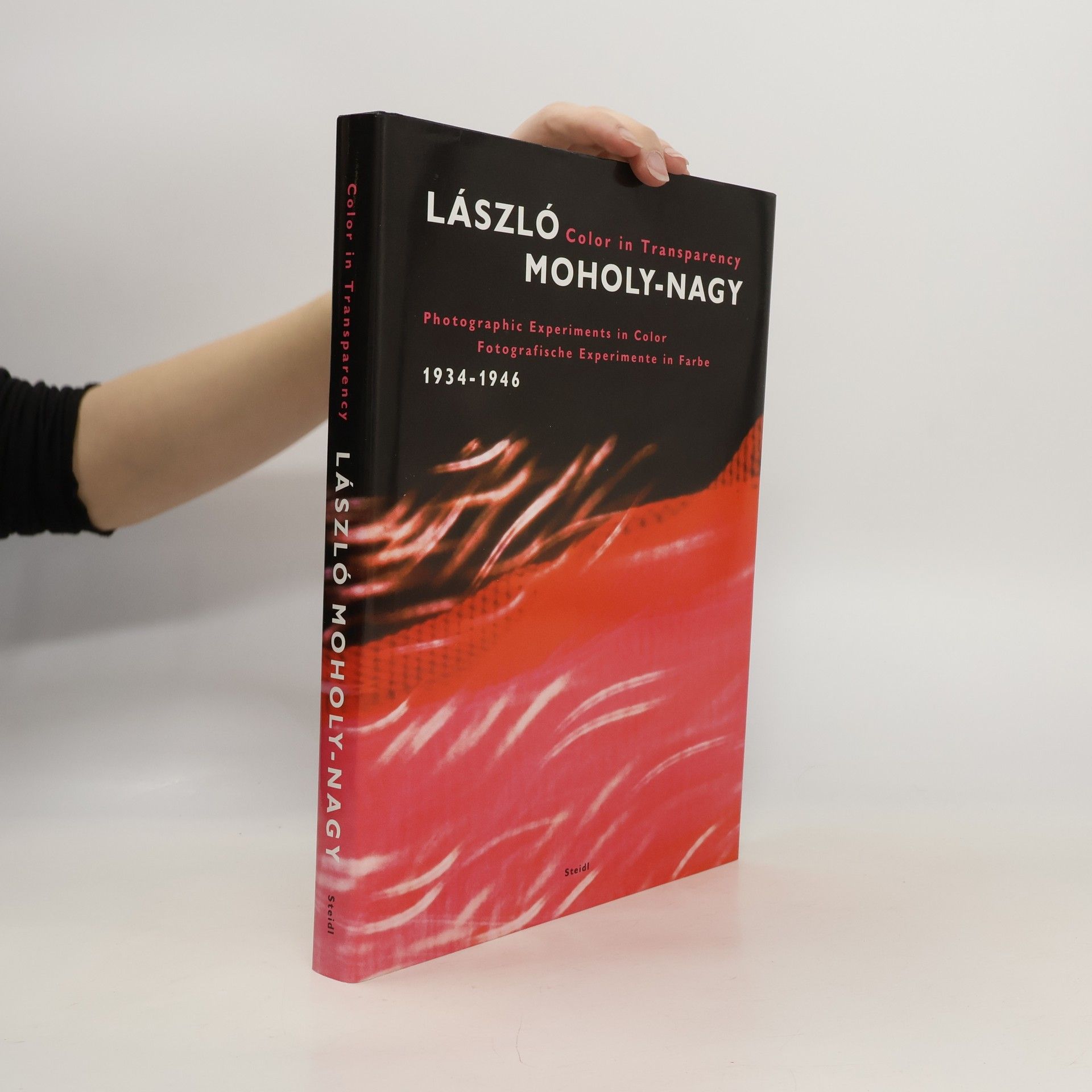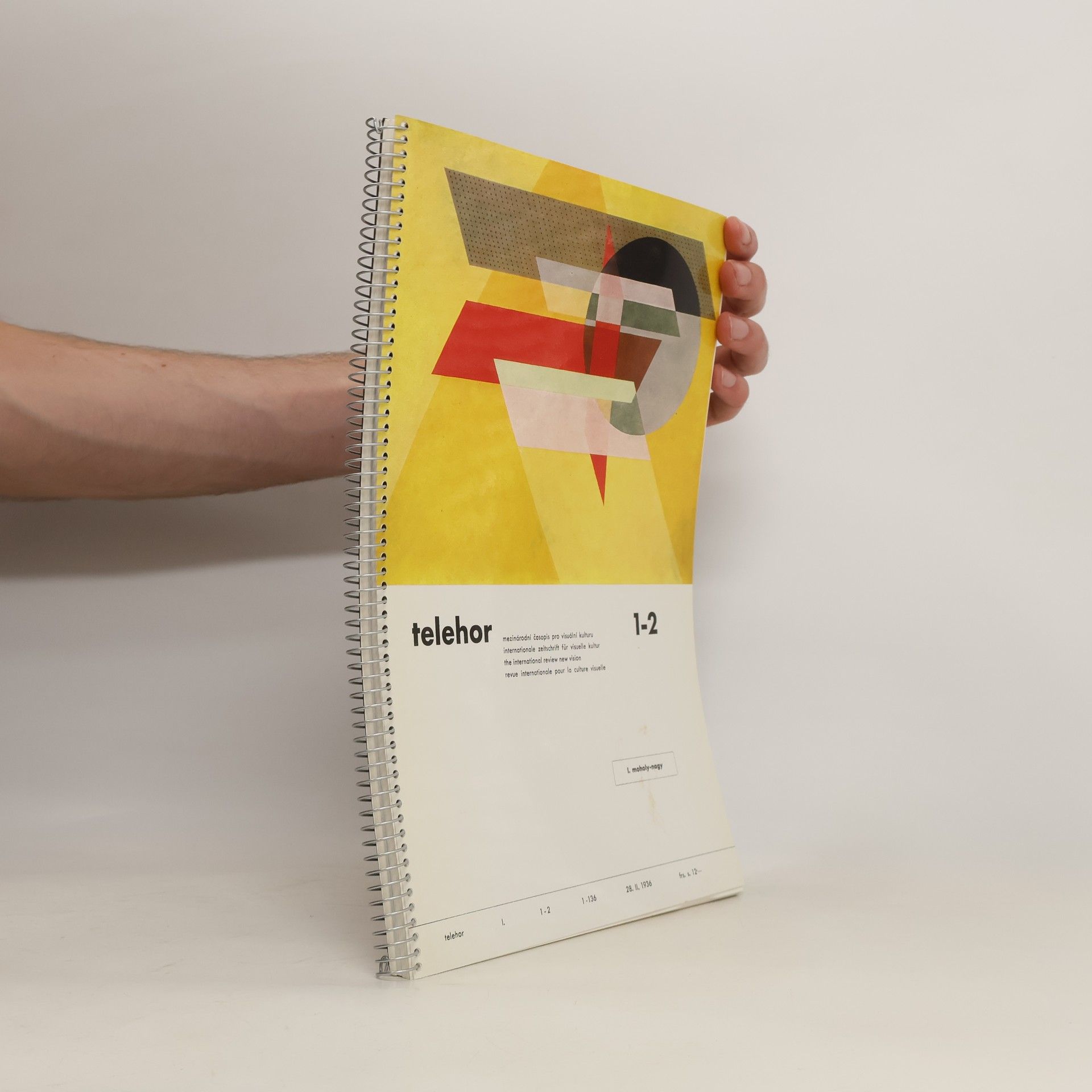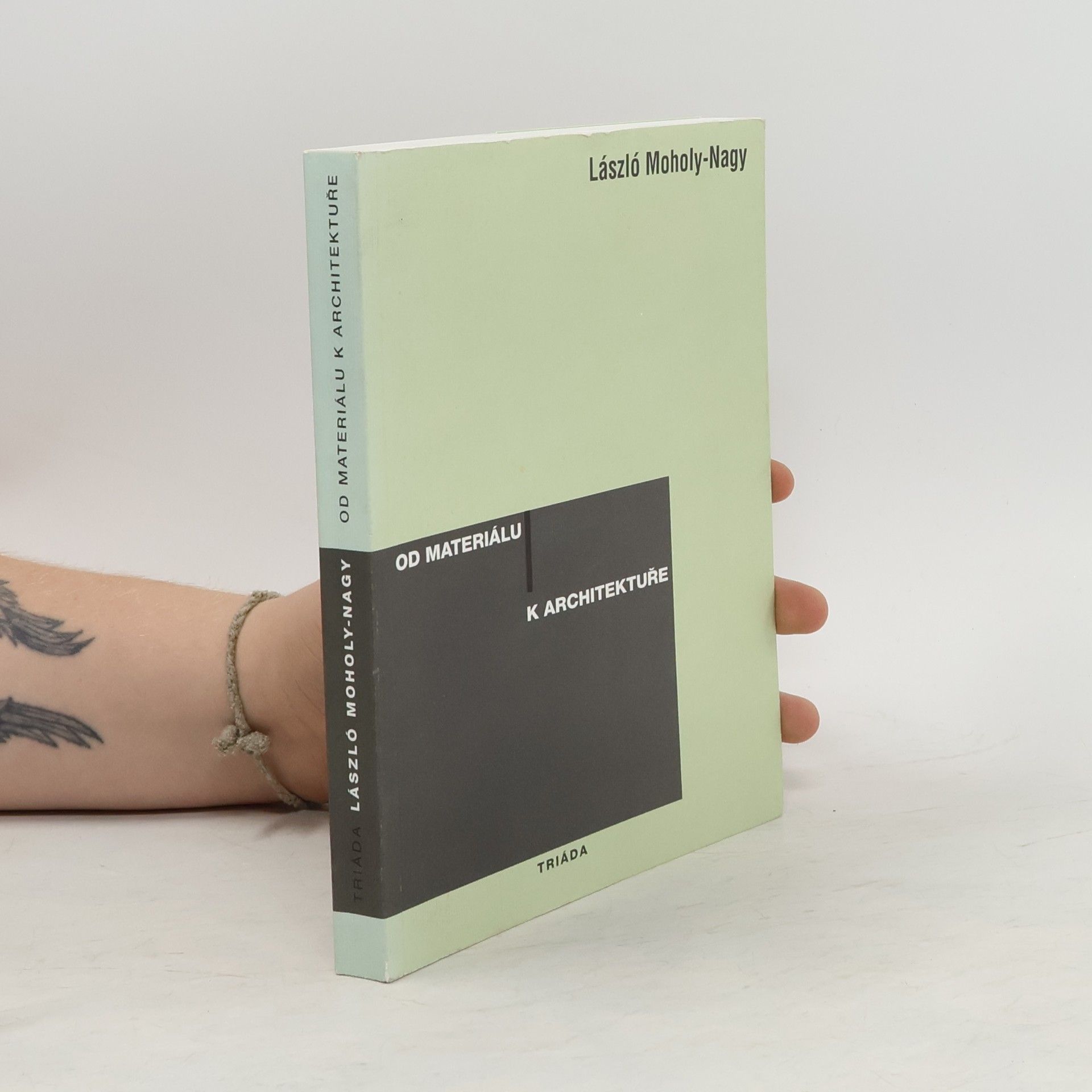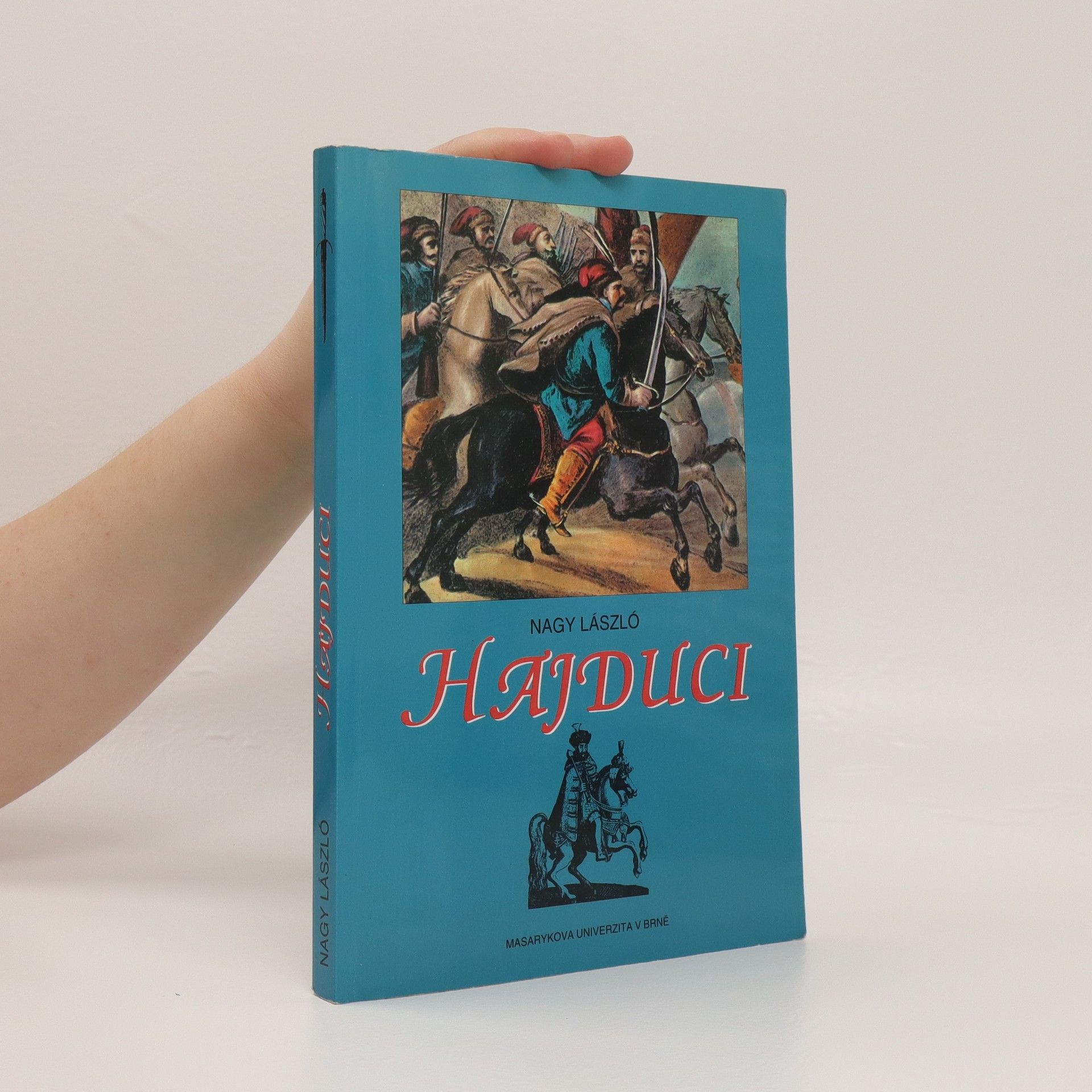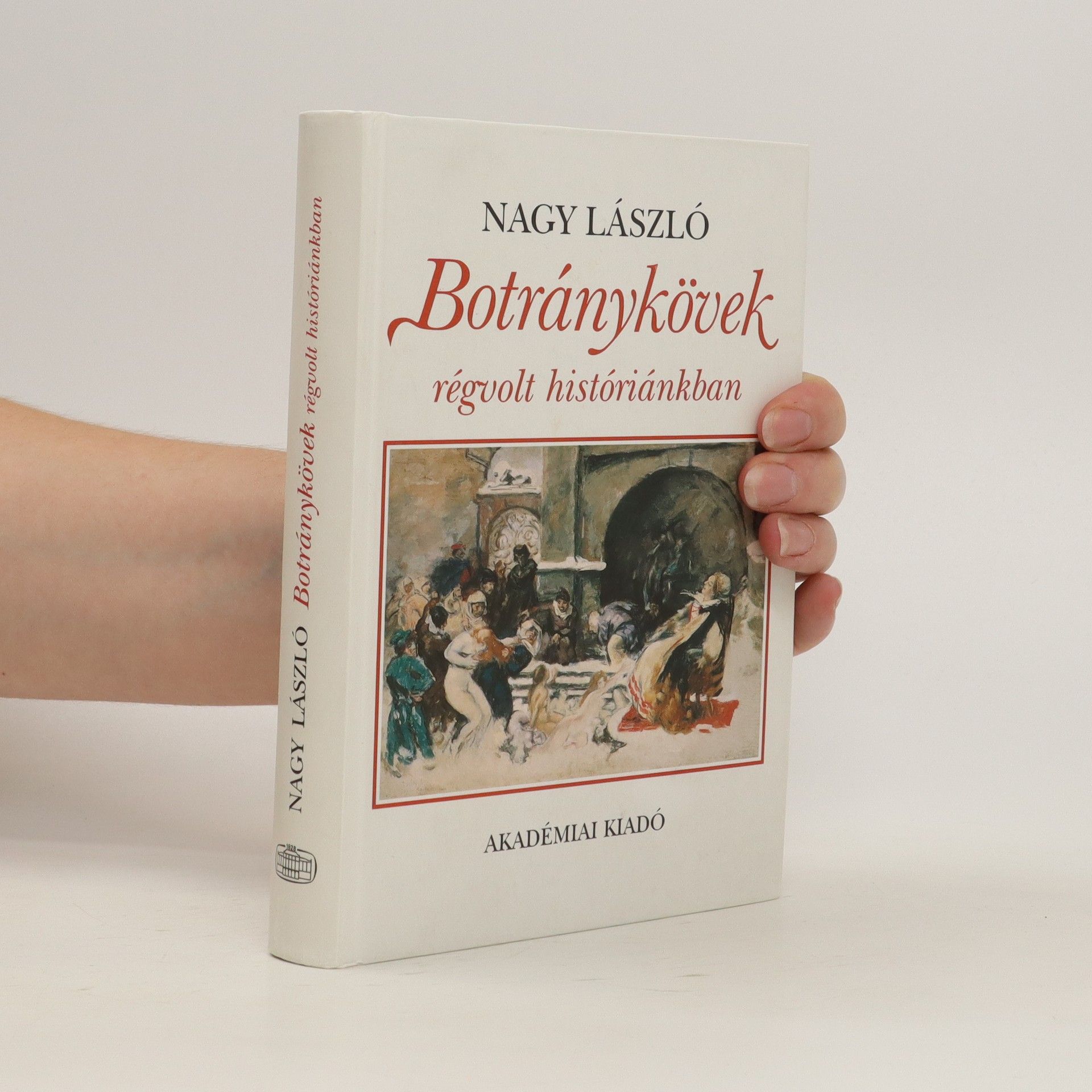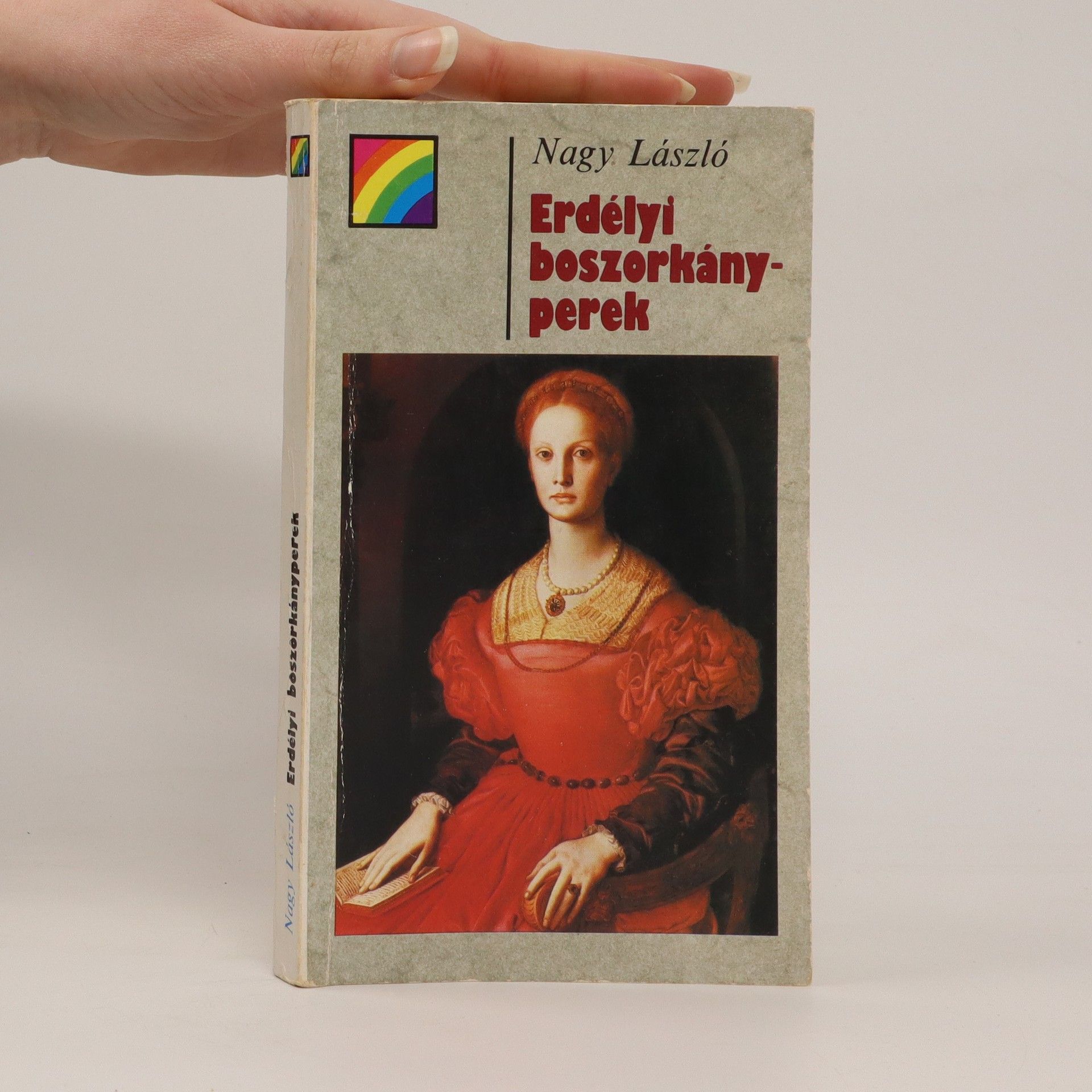László Moholy-Nagy. Die beispiellose Fotografie
Sämtliche Schriften zur Fotografie
- 283 pages
- 10 hours of reading
Der ungarische Künstler László Moholy-Nagy (1895-1946) war nicht nur einer der bedeutendsten Fotografen der Klassischen Moderne, seit den frühen 1920er Jahren publizierte er zudem regelmäßig kritische Texte zur Fotografie. In seinen Essays, Streitschriften und Rezensionen entwarf Moholy-Nagy die Fotografie als das Leitmedium der Moderne. Seine weit verstreuten Schriften zur Fotografie werden in diesem Band zum ersten Mal vollständig zusammengeführt: insgesamt 38 kürzere Artikel sowie im Reprint die beiden Bücher Malerei, Fotografie, Film und 60 Fotos. Von seinen Jahren als Bauhaus-Lehrer in Dessau über seine Zeit als selbstständiger Gestalter in Berlin, Amsterdam und London bis hin zum Professor am New Bauhaus in Chicago entwickelte Moholy-Nagy eine wegweisende Ästhetik. Ausgehend von der Fotografie wird sie in diesem Buch als eine originelle Theorie der Moderne sichtbar gemacht. Steffen Siegel ist Professor für Theorie und Geschichte der Fotografie an der Folkwang Universität der Künste in Essen. Bernd Stiegler ist Professor für Professor für Neuere Deutsche Literatur im medialen Kontext an der Universität Konstanz. --Hungarian artist László Moholy-Nagy (1895-1946) was not only one of the most important photographers of the classical modernist period but also regularly published critical texts on photography from the early 1920s on. In his essays, polemics, and reviews Moholy-Nagy delineated photography as the leading medium of the modern age. His broad spread of writings on photography are brought together in their entirety for the first time in this volume: a total of thirty- eight shorter articles and reprints of his two books Painting, Photography, Film and 60 Photos. From his years as a Bauhaus teacher in Dessau and his time as a freelance designer in Berlin, Amsterdam, and London to his professorship at the New Bauhaus in Chicago, Moholy-Nagy developed a groundbreaking aesthetic. With photography as a starting point, this aesthetic is visualized here as an original theory of modernity. Steffen Siegel is professor of the theory and history of photography at Folkwang University of the Arts in Essen. Bernd Stiegler is professor of modern German literature with a focus on media contexts at the University of Konstanz.

